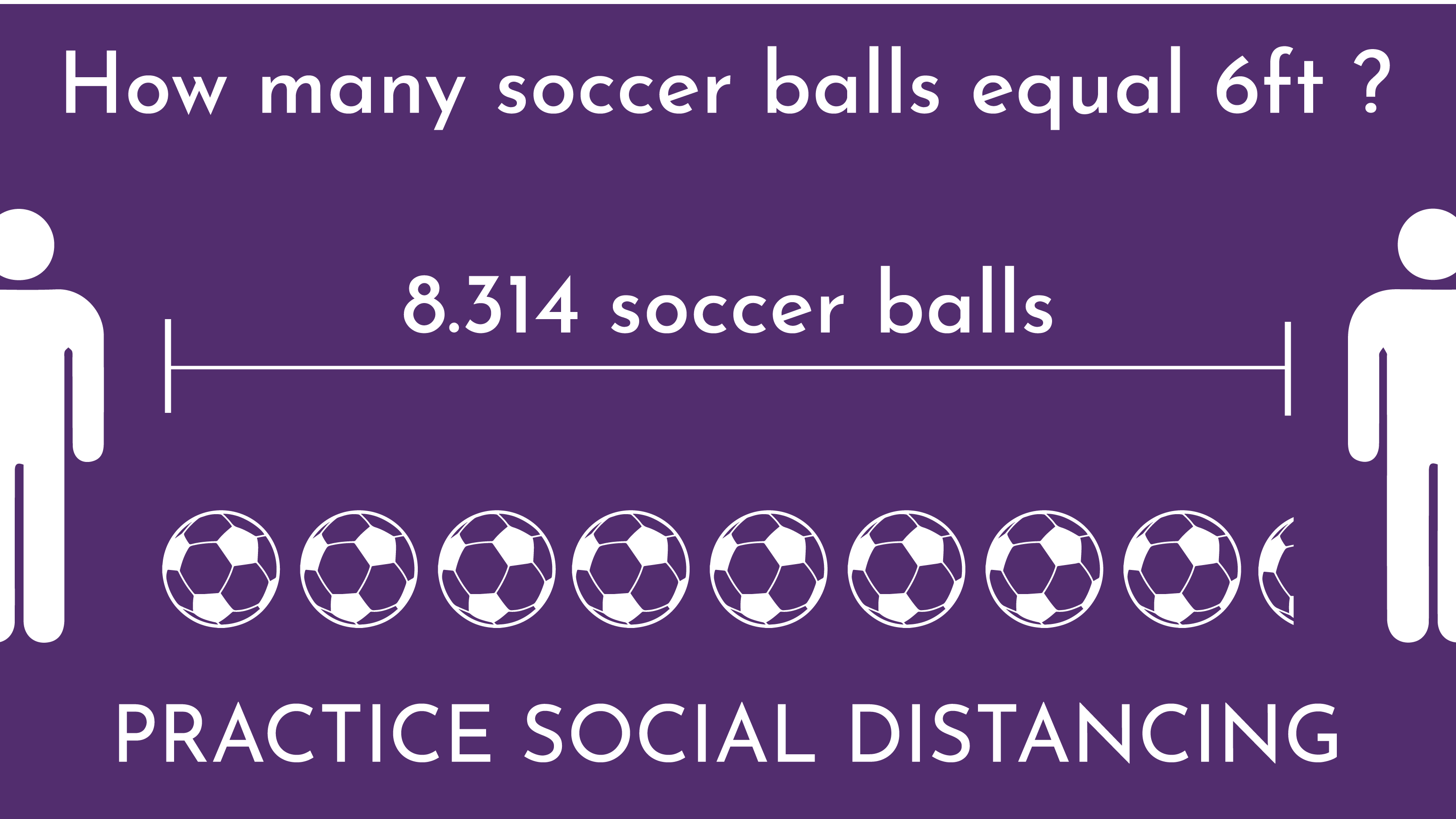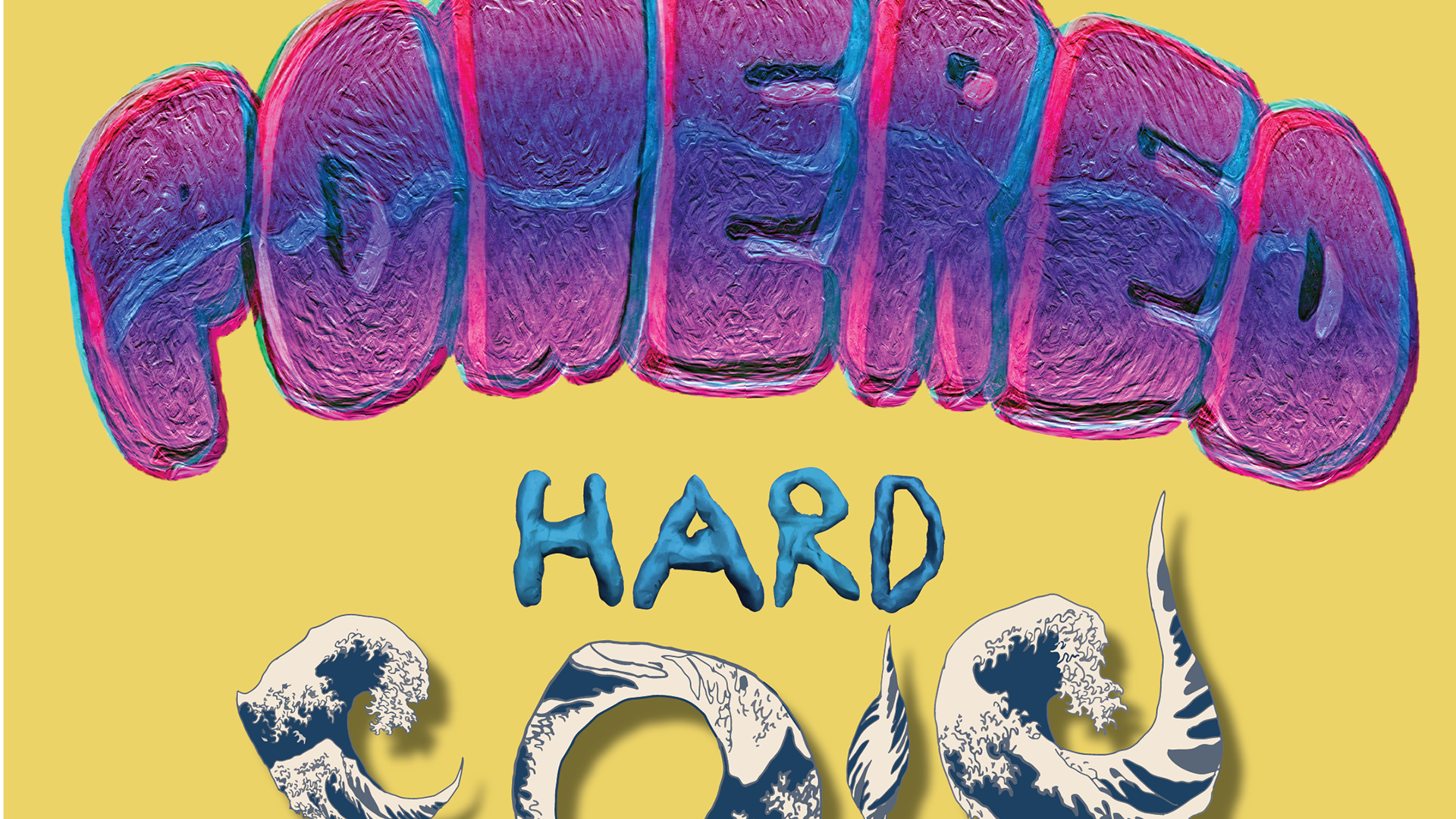With my historical and contemporary artist, I started with the one that always interested me at the beginning of my college career. Hiroshige and Hokusai woodblock prints. Their work involved making these landscapes and these portrayals for people who could not travel be able to see but also not adding every detail. They explore different viewpoints that show the different aspects of the land and travel. The art nouveau movement was set in mind to stray away from the traditional historical/classical styles. With the art nouveau movement, I am particularly more connected with decorative, commercial posters, and advertisements. These works would sometimes add chromolithography and evoke the energy of modern life. Andy Warhol's “Marilyn Diptych” was able to capture the two different sides of Marilyn, using a simplified image of Marilyn. He has the graphic quality of his work without it being for commercial use. Shepard Fairey is one that is not afraid to talk about social issues in his art. His art can create conversations and have people impacted emotionally.






































